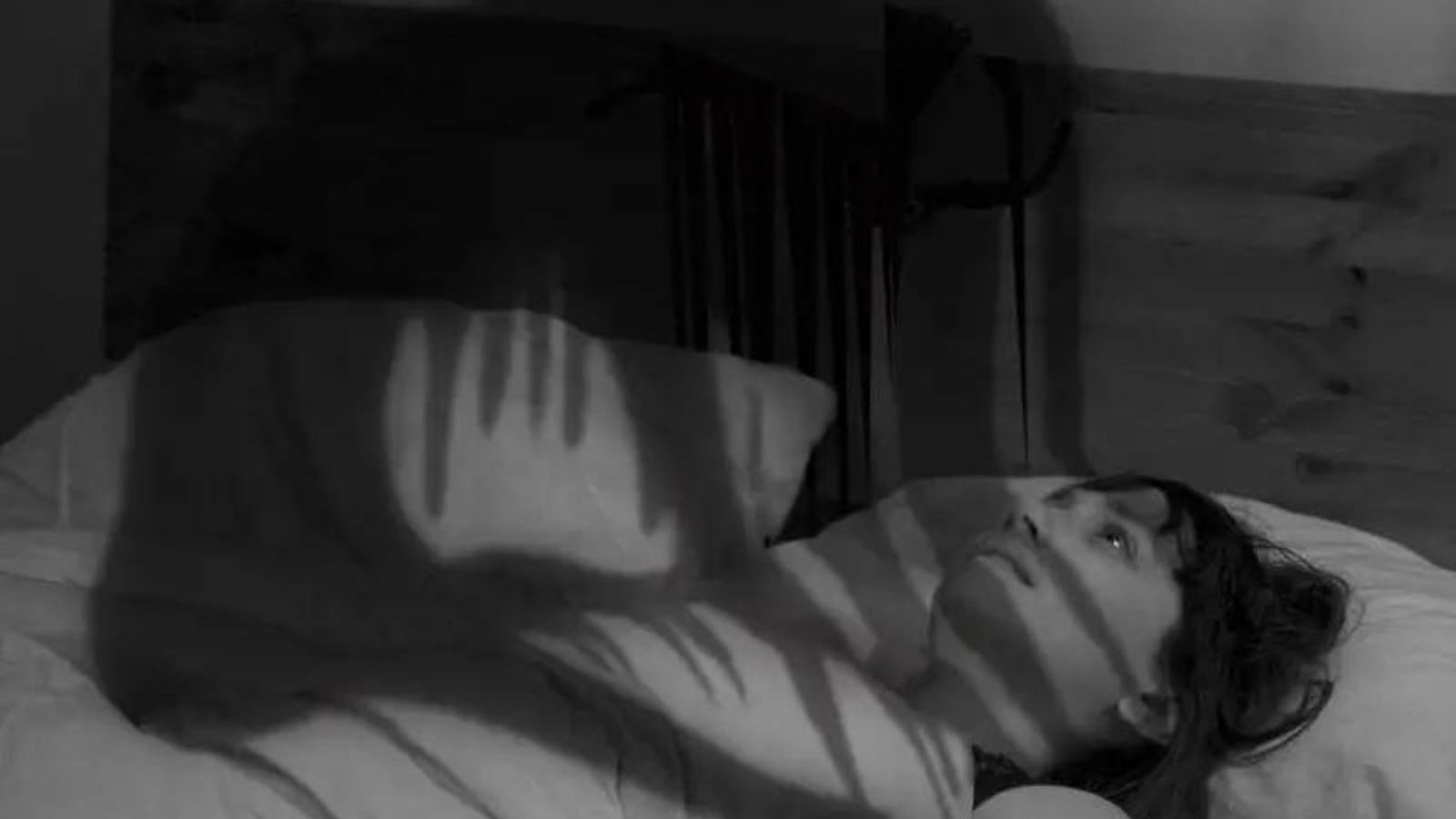Sleep paralysis is a frightening condition where an individual experiences a temporary inability to move or speak while falling asleep or waking up. One factor that has been linked to this condition is sleep position. Studies and anecdotal evidence suggest that sleep position, particularly sleeping on your back, may play a significant role in the onset of sleep paralysis. Let’s explore the connection between sleep position and sleep paralysis and how adjusting your sleep habits can potentially reduce episodes.

Cheap MMO Shop and Online Entertainment
Cheap MMO Shop provides affordable in-game items and services for various online games. While you’re enhancing your gaming experience, consider exploring other digital entertainment options. Play your favorite games for free and discover a new form of online fun.
The Science of Sleep Paralysis
Sleep paralysis occurs during the transition between wakefulness and sleep. During these transitions, the body goes through REM (rapid eye movement) sleep, a stage where dreaming occurs. However, in sleep paralysis, the brain wakes up before the body does, leading to the sensation of being unable to move or speak while still in a dream-like state. This can be accompanied by vivid hallucinations and a feeling of pressure on the chest.
The Impact of Sleeping on Your Back
Research has indicated that sleeping on your back (the supine position) is more likely to trigger episodes of sleep paralysis. This position may increase the chances of airway obstruction, which leads to irregular breathing patterns. In turn, these irregular patterns may trigger brief awakenings during REM sleep, where sleep paralysis is most likely to occur. Additionally, sleeping on your back may encourage a shallower and more fragmented sleep, increasing the likelihood of disrupted REM sleep and, therefore, sleep paralysis.
In this position, many individuals report a sensation of pressure on the chest, which is one of the hallmarks of sleep paralysis. The chest pressure combined with the inability to move can heighten feelings of fear and contribute to the vivid and often frightening hallucinations that accompany sleep paralysis.
Level Up Your Online Entertainment
Gamers looking for engaging ways to unwind can explore Wolfwinner Casino Login for an exciting and accessible online experience that complements their gaming lifestyle.
How Side Sleeping May Reduce Sleep Paralysis
Switching to a side-sleeping position (either left or right) can potentially reduce episodes of sleep paralysis. This position promotes better airflow and reduces the risk of airway obstruction, leading to more stable and restful sleep. Side sleeping also lessens the likelihood of fragmented REM sleep, making it less likely for you to wake up during this critical stage and experience sleep paralysis.
Gaming and Digital Entertainment
Cheap MMO Shop caters to gamers, and within the broader gaming community, online platforms offer diverse entertainment. For those who enjoy card games, exploring options like kingjohnnie online blackjack can provide additional leisure activities. Connecting with online gaming experiences enhances digital entertainment.
The Importance of Sleep Quality and Hygiene
While sleep position plays a significant role in sleep paralysis, it’s essential to remember that overall sleep hygiene can also influence the frequency of episodes. Irregular sleep schedules, stress, and sleep deprivation can disrupt the natural sleep cycle, making it more likely that REM sleep will be interrupted. Practicing good sleep hygiene, such as sticking to a consistent bedtime, managing stress, and creating a calming pre-sleep routine, can further help reduce the chances of experiencing sleep paralysis.
Cheap MMO Shop and Online Games
CheapMMOShop.com provides in-game items and services for various online games. Beyond gaming purchases, explore other online entertainment options, such as real money online roulette. Stay updated on game deals and leisure activities.
Gaming Deals and Online Entertainment
After finding great gaming deals at Cheap MMO Shop, why not explore other forms of online entertainment? If you’re looking for online pokies and games, discover a variety of options at https://www.wolfwinner.fun/en/online-pokies. Extend your entertainment experience beyond MMOs. Enjoy the thrill of both gaming bargains and online pokies.
Other Tips for Reducing Sleep Paralysis
- Elevate Your Upper Body: If you must sleep on your back, elevating your upper body using a wedge pillow can help reduce airway obstruction and improve airflow, decreasing the likelihood of sleep paralysis.
- Mindful Sleep Transitions: Being mindful of the transitions between sleep and wakefulness can help you notice when sleep paralysis is about to occur. Techniques like deep breathing or progressive muscle relaxation can help ease the transition and possibly stop the paralysis.
- Minimize Sleep Disruptions: Reduce disruptions during the night by creating a quiet, dark, and comfortable sleeping environment. Avoid caffeine and large meals close to bedtime, and try to maintain a relaxing wind-down routine.
- Address Underlying Conditions: In some cases, sleep paralysis may be linked to other sleep disorders, such as sleep apnea or narcolepsy. If you experience frequent episodes of sleep paralysis, it’s worth consulting a healthcare professional to rule out any underlying issues.
Sleep paralysis is a terrifying phenomenon where the mind awakens but the body remains ‘asleep,’ often accompanied by vivid, frightening hallucinations. It’s a stark reminder of the brain’s complex and sometimes unsettling processes during the deepest stages of rest. The experience can feel like being trapped in a dark, inescapable place, a stark contrast to the voluntary escape some seek in digital environments. Unlike the controlled, interactive world of a Joka Casino Room, sleep paralysis is an involuntary journey into the subconscious, highlighting the importance of understanding our minds.
Conclusion
The connection between sleep position and sleep paralysis is a critical aspect to consider for those who experience this unsettling condition. Sleeping on your back can increase the chances of experiencing sleep paralysis, while side sleeping may help reduce it. By adjusting your sleep position and improving your overall sleep hygiene, you can decrease the frequency of episodes and enjoy more restful, uninterrupted sleep.
Cheap MMO Shop and More
Find affordable in-game items and services for your favorite MMOs at CheapMMOShop.com. For a different kind of strategic gameplay, try your hand at online poker.




